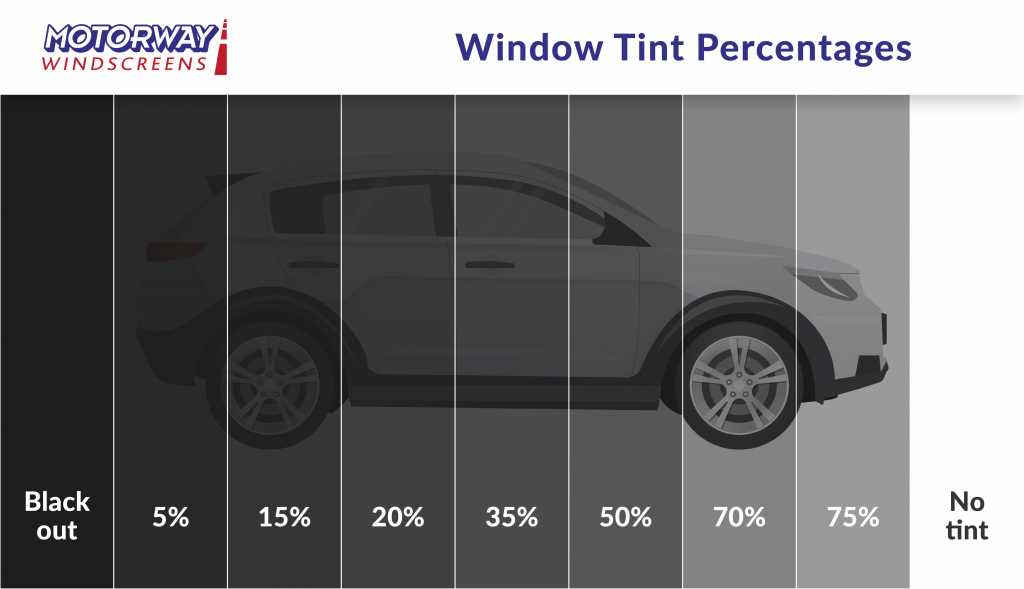Window Tinting for Homes: Improve Energy Efficiency and Privacy with Style
Window Tinting for Homes: Improve Energy Efficiency and Privacy with Style
Blog Article
Window Tinting Rules: What You Need to Know Prior To Tinting Your Auto
Recognizing home window tinting legislations is crucial for any type of vehicle proprietor considering tinting their automobile. Regulations vary dramatically from one state to another, establishing certain limitations for Visible Light Transmission (VLT) percents, specifically for front-side windows and windscreens. Failing to abide by these regulations can lead to penalties, the necessity to get rid of the tint, and problems with insurance. As you consider improving your lorry's look and functionality, it is crucial to grasp not just the lawful effects but likewise the functional factors to consider that include picking the best color. What variables should you prioritize in your decision-making procedure?
Value of Recognizing Color Laws
Understanding home window tinting regulations is essential for automobile proprietors to guarantee conformity with state regulations. These regulations determine the permitted levels of color darkness and reflectivity, which can dramatically vary from one jurisdiction to one more. Failing to adhere to these policies can lead to fines, necessary elimination of the tint, and prospective problems during lorry evaluations.
Furthermore, understanding these laws helps lorry proprietors make educated choices regarding their tinting choices. Various kinds of home window movies offer various benefits, such as UV protection, heat denial, and glow reduction. Nonetheless, without expertise of the legal limitations, vehicle owners take the chance of selecting products that might inevitably lead to lawful problems.
Furthermore, awareness of tinting regulations cultivates a much safer driving environment. window tinting. Exceedingly dark tints can hinder presence, boosting the risk of crashes, especially during the night or in negative weather. Police likewise use these regulations to make certain road safety and security, making compliance not just a lawful obligation yet a personal obligation
State-Specific Color Rules
Each state in the U.S. has actually established its own details laws relating to home window tinting, showing a varied selection of requirements and requirements. These guidelines can vary significantly, affecting just how car owners approach installment and conformity. Some states permit darker tints on rear windows while imposing rigorous restrictions on front-side windows.
Furthermore, guidelines typically specify permitted tint products and colors. Specific states forbid reflective colors completely, while others might allow them to a limited degree. In addition, some territories mandate that vehicles with tinted home windows show a sticker suggesting conformity with state legislations, supplying a clear identification for police.
Enforcement of these laws additionally differs; some states are much more proactive, conducting arbitrary checks, while others count on issues or visible offenses to start enforcement. Automobile owners should understand that failing to follow state-specific color guidelines can result in fines, mandatory elimination of prohibited tints, or both.

Legal Tint Percentages
Figuring out the lawful color portions is important for vehicle proprietors looking for to conform with state regulations. Each state has specific regulations governing just how much light needs to go through the home windows of an automobile, which is revealed as a percent understood as Visible Light Transmission (VLT) This percent differs considerably across states and can depend on the sort of home window-- front side, rear side, and windscreen.
As an example, some states enable just 20% VLT on front side home windows, while others might allow as More Help much as 50%. Windshield tinting is commonly more limited, with numerous territories permitting only a slim band of tint on top of the windshield. In comparison, rear windows generally have extra tolerant regulations, with some states allowing darker colors.
It is vital for vehicle proprietors to familiarize themselves with their local regulations to prevent prospective legal issues. This consists of understanding how VLT is gauged, as it can differ based on the kind of window film made use of. Staying educated concerning these policies ensures compliance and advertises secure driving conditions for both the automobile proprietor and others when traveling.
Repercussions of Non-Compliance
Falling short to abide by window tinting legislations can bring about significant consequences for car owners. One of the most prompt consequence is the capacity for web traffic quits and citations from law enforcement. Policemans educated to determine prohibited color levels may issue penalties, which can vary by territory yet commonly range from moderate to considerable quantities. Repetitive infractions may result in boosted charges, consisting of greater fines or added factors on a chauffeur's permit.

Insurance provider may likewise penalize for non-compliance, as illegal modifications can be deemed a violation of policy terms. If an incident happens., this can influence coverage prices or lead to difficulties in claims.
Eventually, the repercussions of non-compliance extend beyond prompt financial charges; they can impact a vehicle driver's insurance coverage rates, lawful standing, and overall automobile worth, emphasizing the relevance of adhering to neighborhood window tinting regulations.
Tips for Deciding On Tinting Options
Understanding the ramifications of non-compliance highlights the importance of making informed choices when picking window tinting choices. First of all, acquaint yourself with your state's details regulations concerning color darkness and reflectivity. Each state has special guidelines that determine great post to read the allowable limitations, so ensure you remain within these standards to avoid charges.
Secondly, consider the kind of tint material. Options include colored, metalized, and ceramic tints, each offering varying degrees of warmth rejection, UV defense, and longevity. As an example, ceramic tints give exceptional warm resistance without conflicting with electronic tools, making them a popular choice.
Additionally, evaluate your primary objective for tinting. If you look for improved privacy, go with darker tints; nevertheless, bear in mind that this may affect visibility during the night. Alternatively, if glow reduction and UV you could try here protection are your major problems, lighter tints may be adequate.
Last but not least, seek advice from a professional installer that is educated regarding neighborhood guidelines and can suggest top notch materials fit to your demands (window tinting). Taking these factors into account will certainly guarantee you make a well-informed choice, inevitably enhancing both your vehicle's appearances and performance
Final Thought
In final thought, familiarity with home window tinting laws is crucial prior to applying tint to an automobile. By understanding legal requirements and choosing suitable color materials, car owners can attain visual enhancement while remaining certified with relevant regulations.
Recognizing window tinting laws is vital for any kind of lorry proprietor taking into consideration tinting their automobile.Recognizing home window tinting regulations is crucial for vehicle owners to ensure conformity with state regulations. Some states allow darker colors on rear windows while imposing stringent restrictions on front-side windows.
In comparison, rear home windows commonly have extra tolerant policies, with some states allowing darker tints. (window tinting)
In final thought, knowledge with window tinting laws is crucial prior to applying color to a lorry.
Report this page